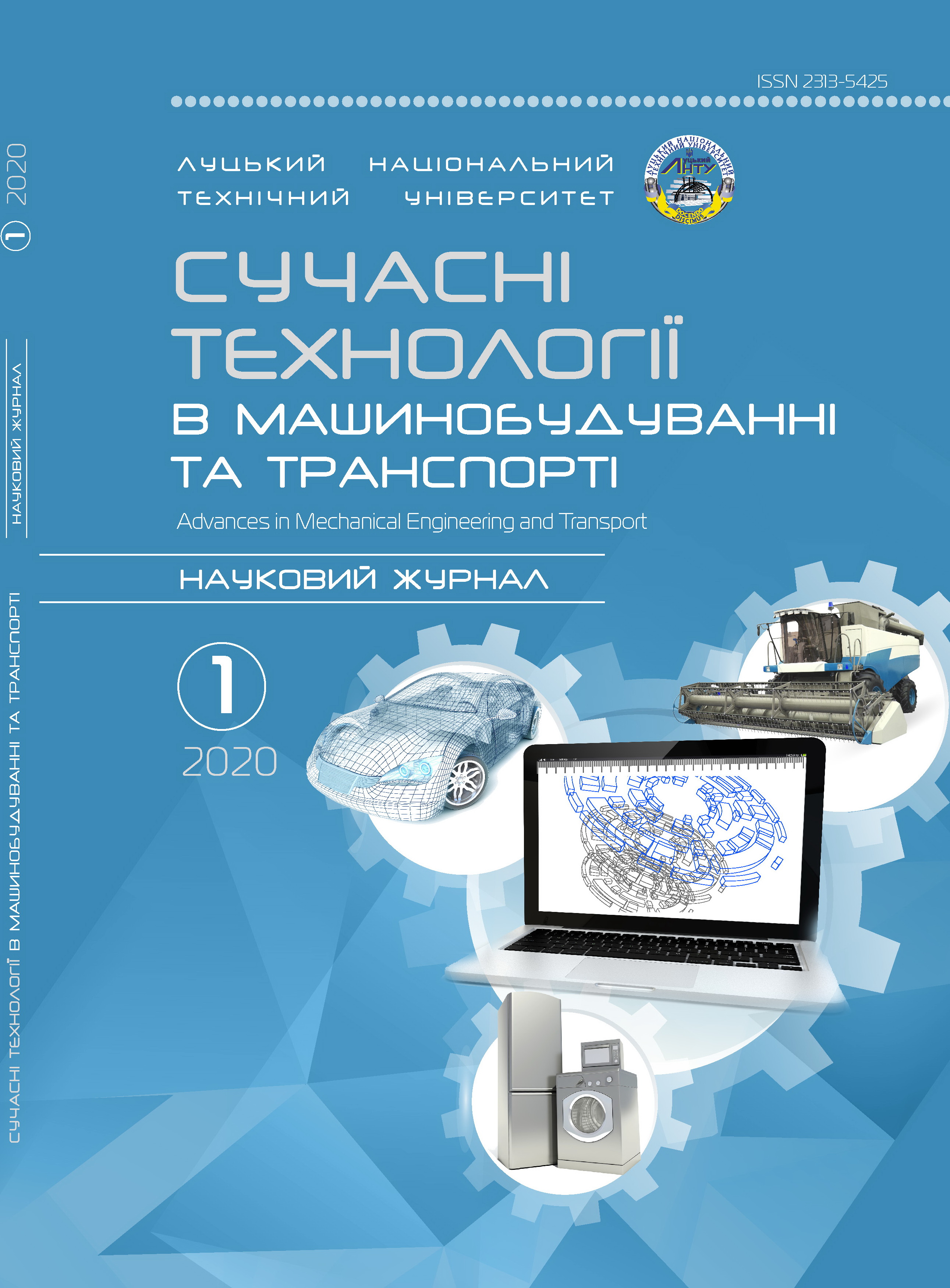Unsymmetric dry friction for models of surface cleaning
Abstract
In the process of surface cleaning various nonlinear effects take place. Among the various nonlinear effects taking place in such systems dry friction is an important one. Thus a number of papers are devoted to the investigation of this effect. In numerical investigations usually some approximation of the transition regions between different constant values of the force of dry friction is used. This enables to approximate the nonlinear effects taking place in such systems. For representation of some of those effects the model of unsymmetric dry friction is proposed in this paper.
The investigated model has one degree of freedom and incorporates a specific type of nonlinearity. It involves the use of the quantities from the previous moment of time and logical operations “and” and “or”. Numerical procedure for investigation of this phenomenon is described in detail. Results of calculations for various parameters of the investigated dynamical system are presented and analysed. From the obtained results the applicability of this model for reproduction of the investigated nonlinear phenomenon is seen.
Variation of displacement as function of time, variation of velocity as function of time, variation of acceleration as function of time, variation of velocity multiplied by acceleration as function of time are investigated.
Variation of the quantities determining the unsymmetric force of dry friction as functions of time as well as functions of velocity are presented.
Representations in the phase plane: velocity as function of displacement, acceleration as function of velocity, velocity multiplied by acceleration as function of displacement are investigated.
Three widths of both mutually equal transition regions are investigated. Results representing the dynamic behavior of the analysed system are presented in detail. The influence of the widths of the transition regions is observed in the presented graphical results.
The proposed model of unsymmetric dry friction is applicable as part of other more complicated models used for the investigations of the process of surface cleaning.
KEYWORDS: SURFACE CLEANING, UNSYMMETRIC DRY FRICTION, NUMERICAL MODEL, NONLINEAR PHENOMENON, GRAPHICAL RESULTS.




